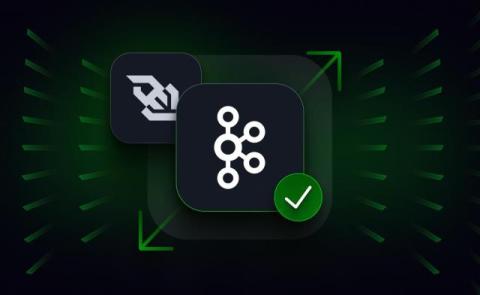What Is API Testing? The Complete Guide
API (application Programming interface) testing plays a crucial role in software testing. On one hand, it allows validation of the correct business logic and ensures that backend—or backstage—systems meet the specifications and the intended user experience.











